The last real shtetl in western Europe, Antwerp is known for its Orthodox Jews and its diamonds industry. Barely twenty years ago, approximately 80% of Antwerp’s Jewish population used to make a living from the diamond industry. More than half of the world production of diamonds passed through these few streets near Centraal Station. The diamond centers, which can be visited, also served as meeting places where ongoing debate took place over the social, cultural, and political issues affecting the Jewish community.

The story of the Jews of Antwerp seems like taken out of a novel. With its peak, golden ages, but also the impact of WWII and the economical crises.
Also baptized the “Jerusalem of the North” for its ashkenazi synagogues and yeshivot, Antwerp’s Jewish community was nevertheless founded by Sephardim in 1526, Marranos from Portugal. Belgium having through the centuries been at the center of its powerful neighbors’ wars, Jewish life varried according to the willingess of the empires ruling the city, going back and forth from tolerance, expulsion and civil rights inclusion. The attachement of Flanders to the Netherlands before Belgian’s independence in 1830 and the development of Amsterdam and Antwerp’s ports encouraged a stronger link to Dutch ashkenazi Jews.
From 151 Jews in 1829, the city was the home of more than 35 000 a century later. This was mostly the result of the arrival of Eastern European Jews, who on their way yo the port of Antwerp, hoping to embark they discovered the joy of Belgian life and most of them decided to stay. The Red Star Line Museum tells the story of the 2 million who embarked on their way accross the Atlantic Ocean.
The Jews took an important part in the diamond industry’s boom along the 20th century, participating in all parts of the trade, as factory workers, salesmen, inventors, jewellers… So much so that during WWII, Cuba welcomed Jewish refugees from Antwerp who opened a diamond cutting factory.
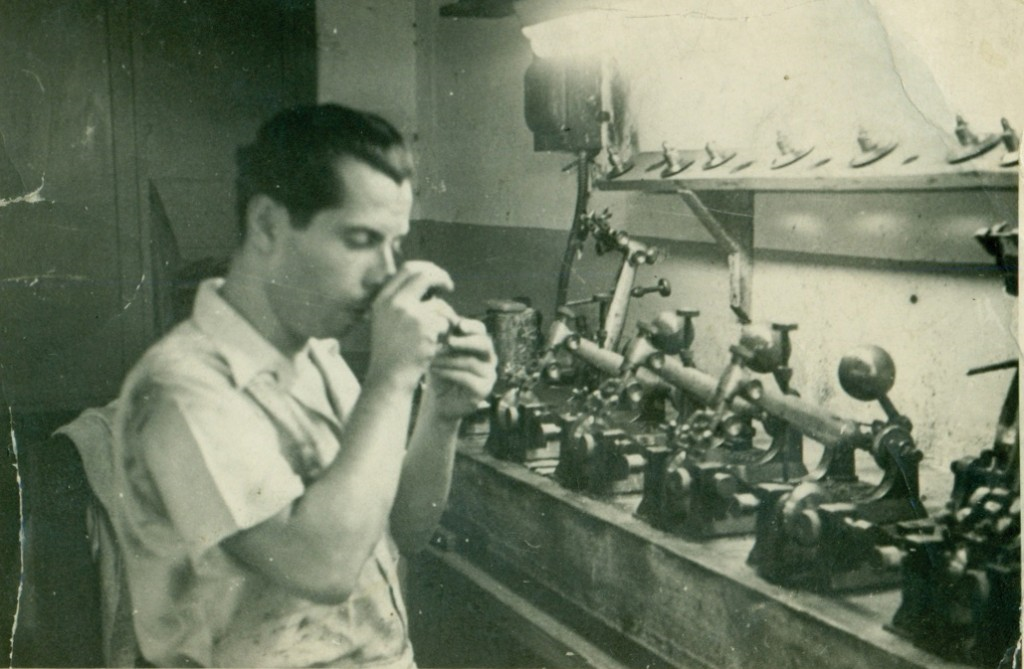
The documentary Cuba’s Forgotten Jewels by Judy Kreith and Robin Truesdale tells the fabulous story of hundreds of Antwerp Jews who were allowed to move to Havana. But first they have to outwit the traps on the way to the exodus, through France, Spain and Portugal to get on board.
The golden ages concern two generations. One after the war and then their children in the 70s and 80s. During that era, kids attended Jewish schools in big numbers, actually more than in any other city in the world apart from the ones in Israel. Schools who weren’t only yeshivot. On the contrary, Tachkemoni, a mainstream Jewish school which at its peak welcomed about a thousand students, strictly follows the Belgian curriculum and offers on top of that a very high level of Jewish studies. The Jesode Hatora is the other main historical Jewish school in Antwerp, which has grown significantly in recent decades. The Yavne school was built in the 1980s to cater for the Mizrahi community.
Jan Maes, a former director of Tachkemoni, is conducting now a remarkable task in finding the names and photographs of victims of the Holocaust still not fully identified. A monument now stands in Antwerpen, honoring the memory of the Holocaust victims.
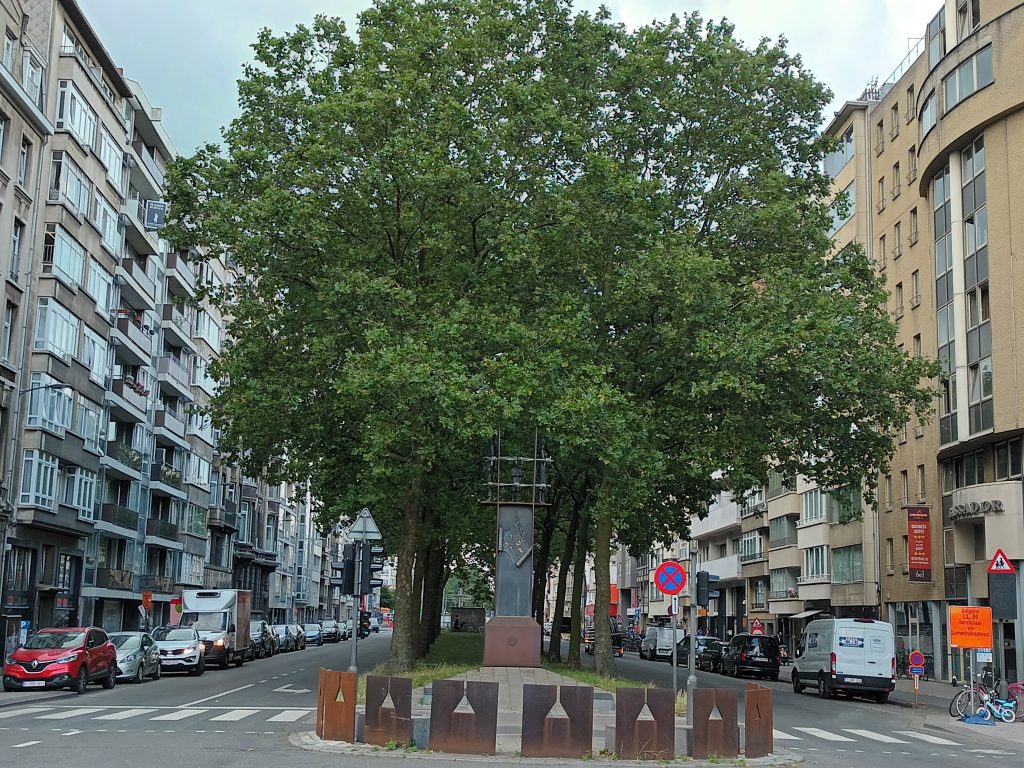
Apart from the gatherings during the Holy days at the synagogue and in the diamond district, Jews from Antwerp have lived mostly in two different entities. The orthodox Community on one side and on the other the rest of the Jews, ranging from atheists to the disciples of the Rav Kook, who all shared many moments. At school, but also in the youth movements (Hashomer Hatzair, Hanoar Hatzioni and Bne Akiva) and the sports club Maccabi.
Maccabi enjoyed its glory days in multiple eras and sports. Its football team in the 30s (one of its best players keeping the surname Arsenal, a team he cherished, even at work) which remained a Division 4 team until the 1990s, its water polo team in the 50s – 60s and its tennis club which produced two national champions.
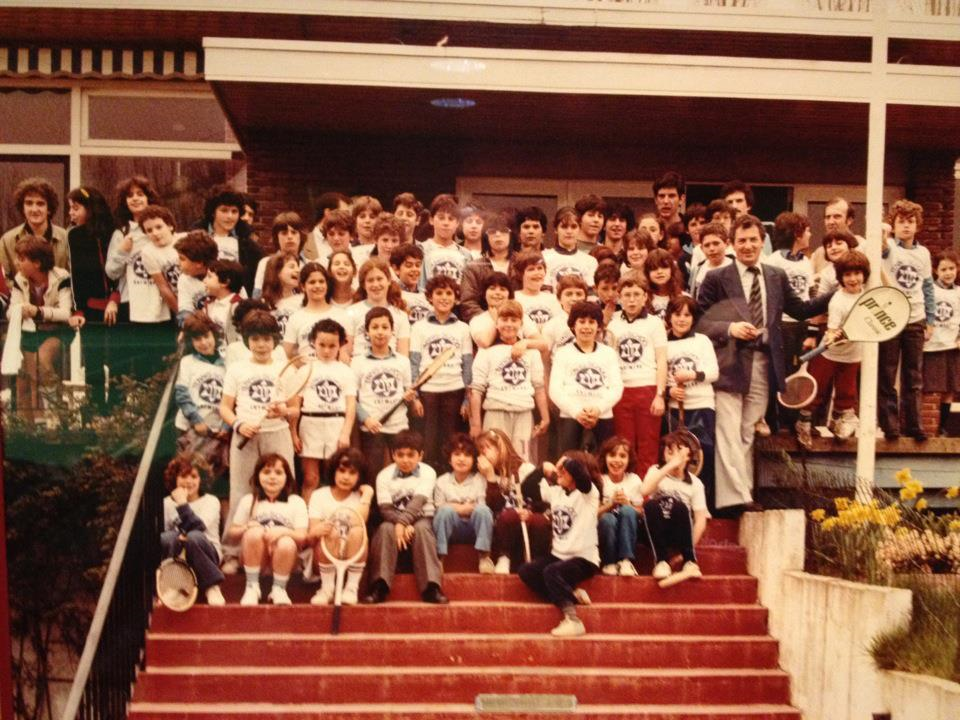
The Romi Goldmuntz center hosted cultural and social activities for many decades after the war, welcoming most weddings and bar/bat mitsvoth. As most of the schools and synagogues, it was located in the heart of Antwerp, on the Nerviersstraat, near the Belgielei avenue. This building, due to the diversity of activities, has welcomed all generations. The evening room, where galas and parades were also held, was on the ground floor, behind a café-bar and a room where bridge lessons were given, one of the favorite activities of the Jewish community in Antwerp. On the 1st floor, a restaurant which welcomed in particular many schoolchildren at noon and a sports hall where the ping pong tables were set up at noon as entertainment after the meal and before classes resumed. And next to it a room for karate and judo lessons. On the upper floors, a children’s playroom, a theater, a library and an exhibition hall. And even in the basement a nightclub which was also used for teens celebrating their bat mitzvah and bar mitzvah in a less formal setting than the great room.
The diamond industry evolved a lot during the last twenty years, with the disappearance of the diamond cutting factories and the different specializations now taking over in the sector. This evolution motivated many Jews to work in other fields or choose other destinations.
If the Romi Goldmuntz center is now closed, as are cultural landmarks such as the Kahane bookstore near the train station, youth movements and schools still play an important part of the Jewish life in Antwerp. As do the orthodox institutions. The recent generations have provided national figures in many field, especially theater.
The synagogues
There are six Ashkenazic rite synagogues in Antwerp. The biggest is Romi Goldmuntz . The Shromei ha-Das Synagogue, with over 6000 members, and the Israelitische Gemeente van Antwerpen, founded in 1904, represent the city’s Jewish community.
Next come the more Orthodox communities, united under the Mahzikia organization . This includes all the current in the Hasidic movement, such as the Satmar, the Gourer, and the Sanzer. In Europe, only London’s Stamford Hill can offer comparable diversity.
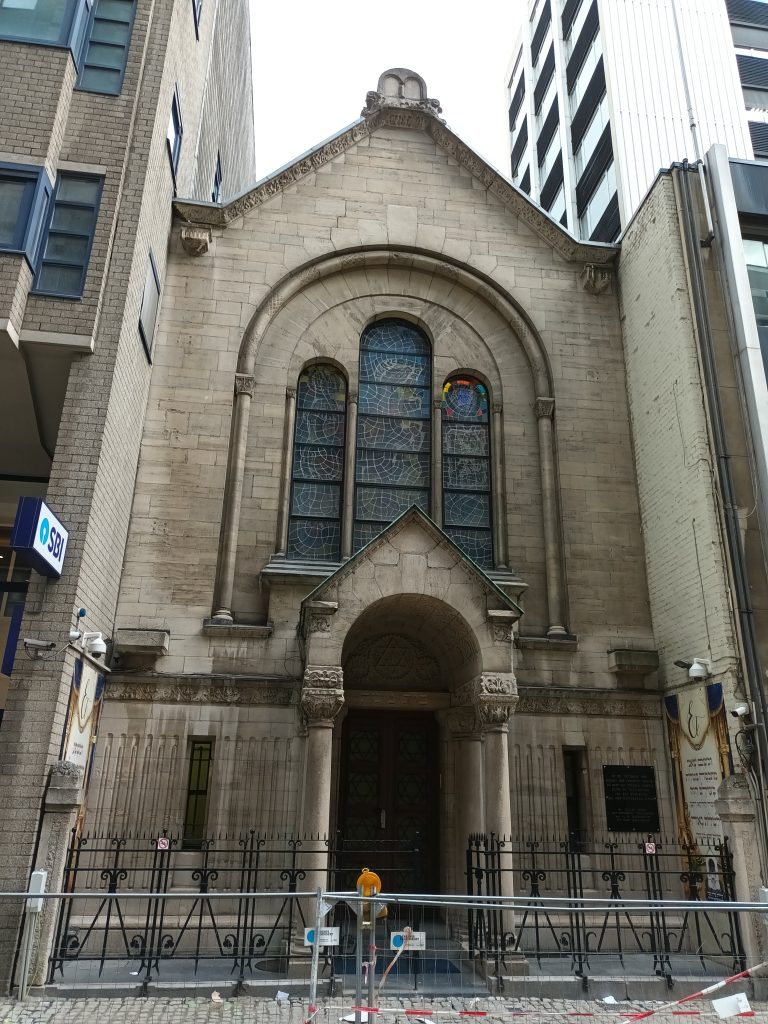
The Sephardim meet in their synagogue near the Diamond Exchange . Antwerp’s Portuguese-rite Israelite Synagogue includes some 300 families and has been swollen by the arrival of numerous Israelis. A plaque on an outside wall commemorates the victims of the 1981 terrorist attack, which was claimed by a Palestinian group.
The Kosher pleasures of Yiddish Town
Yiddish Town, also known as “Pelikaan”, from the name of one of its main streets, is located around Centraal Station. Here, at the back of the houses or in arcades, you can find various restaurants and delicatessens usually bearing the name of the family owners.
Walking around here, one would not guess that access to the Dresdner is through the butcher shop. This leads to a galleried yard at the back of which stands a small modern restaurant. The cloakroom, where long traditional coats, black hats, and prayer books are left by the tables, gives an idea of the place’s great orthodoxy.
And of course Antwerp’s famous delicatessen, Hoffy’s , opened in 1986, offering typical Ashkenazi flavours. And if you have the pleasure of visiting the main Diamond Club, you can sample some very tasty dishes in its restaurant, a veritable institution founded by the caterer Sam, who decorated banquets for all kinds of festivities with his dishes for decades.
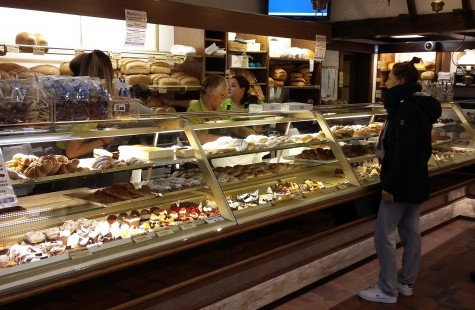
Antwerp has a large number of butcher shops, bakeries, and stores specializing in typical Jewish products. Be sure to stock up some cakes and pastries at Kleinblatt and Steinmetz .
Last but certainly not least, another culinary reference close to Tachkemoni is Beni falafel , where young schoolchildren have been flocking for generations to try falafel, and nostalgics still talk about the iron-inflated pitoth in the 1980s.
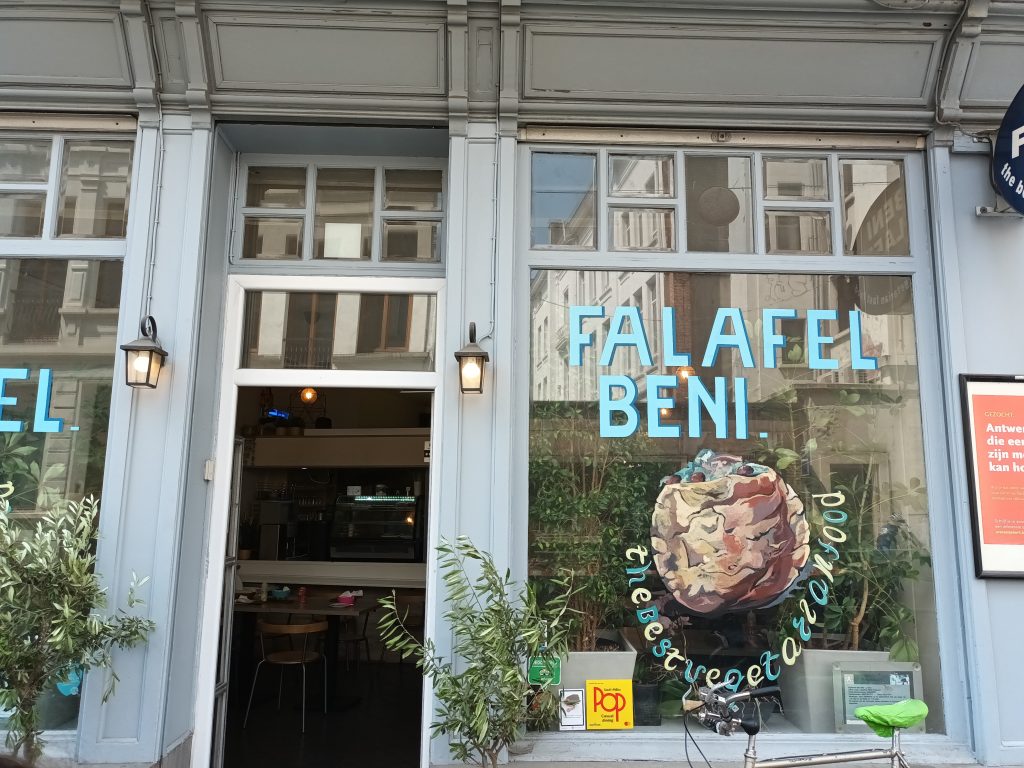
Outside of this area, another stop is necessary. A walk through the area around the sumptuous Royal Museum of Fine Arts will also take you to the sublime Dutch synagogue . Built by the architect Joseph Hertogs in 1893, it often hosts large ceremonies. Closed for eight years due to renovation, it has been open to the public again since autumn 2022.
While the Orthodox population mainly lives in this district, other Jews have migrated since the same years to the southern districts of Berchem, Wilrijk and especially Edegem. Edegem has been home to the Chai Center , which houses a synagogue and a very active cultural centre.